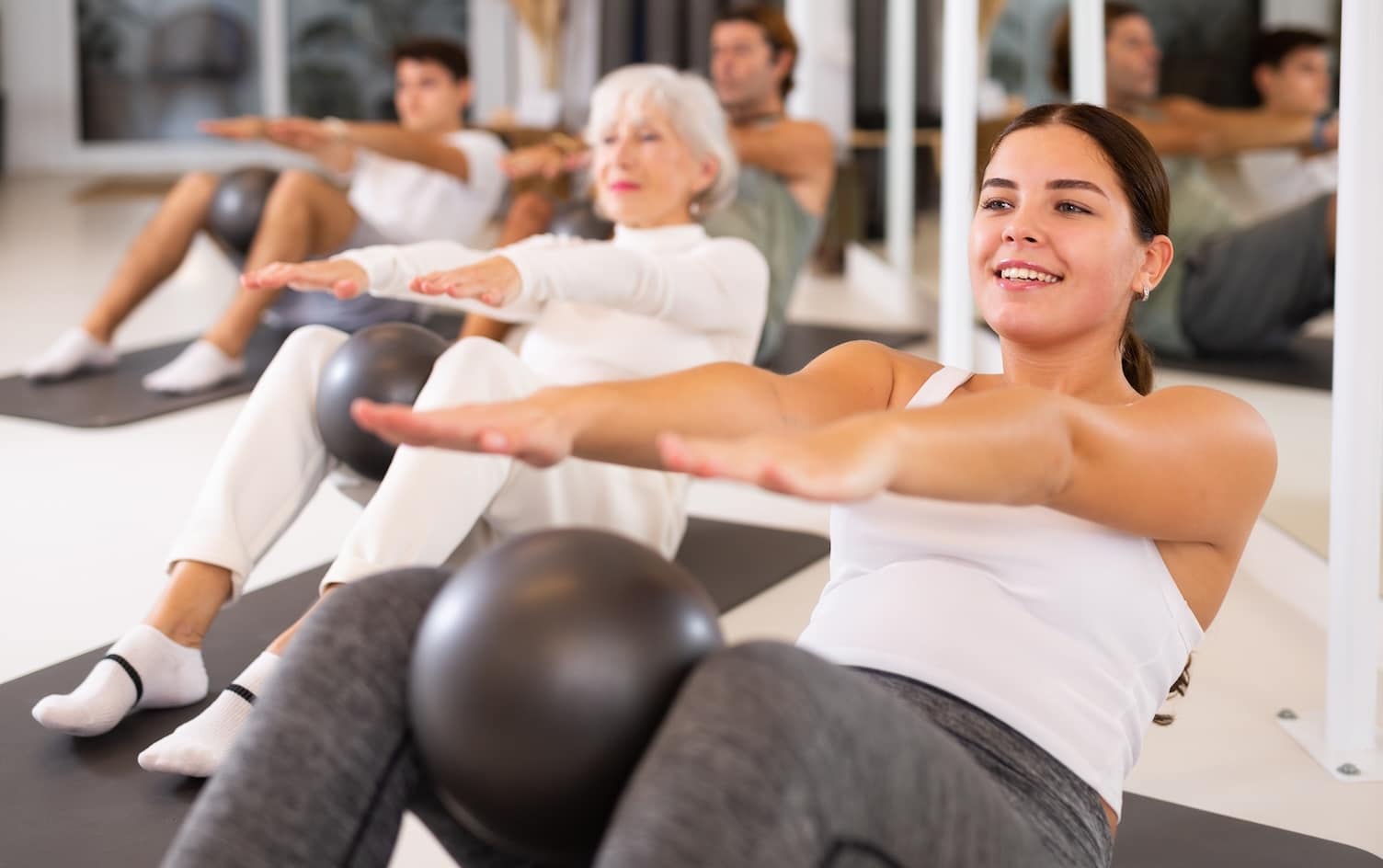Whether it’s osteoarthritis or another knee condition, a dedicated walking regimen can ease stiffness, reduce inflammation, boost the health of your bones and improve circulation — all of which can help to decrease pain in your knees.
However, beginning any exercise program when you have a knee injury can be a challenge. Use these tips to help to minimize pain during exercise and get on track toward improving overall health.
ALWAYS START WITH A WARMUP
A good warmup prepares your body for exercise by increasing blood circulation throughout the body. This primes your muscles to be stretched and helps your joints feel less stiff. While everyone should make a warmup a part of their pre-workout routine, if you have knee condition this can be a critical element that can help minimize pain during your workout and prevent future injuries.
Here are a few things you can do to get your knees feeling as good as possible:
- Try a cycling warmup: If you have an exercise bike or plan on working out at the gym on the treadmill, spinning at an easy pace on the bike for your warmup is an excellent option. Cycling is low-impact and requires a greater range of motion for the knee. You should feel loose and ready to workout after 10–15 minutes.
- Start slow: Walking at a moderate pace for the first 10 minutes of your workout allows you to gradually get into a groove and prepares your body for what’s ahead. Once your knees are feeling good and your muscles are loose, you can increase the pace.
INVEST IN THE RIGHT SHOES
Dedicated walking shoes provide you with a good amount of cushion in the heel and are flexible in the forefoot. It’s also smart to wear a pair that doesn’t have a big difference in the height of the heel and toe. Old, worn out shoes or other athletic shoes that aren’t made specifically for walkers will be less flexible and place more stress on your knees.
Visiting a specialty walking or running store that can help you pick a shoe that fits you well is a good idea. They’ll take things like your individual arch height, toe box width, arch supports and any pronation/supination that may happen during your stride into account.
CHOOSE YOUR WALKING SURFACE CAREFULLY
Hard surfaces like asphalt and concrete (sidewalks, shopping malls) give less and will place more strain on your knees compared to softer surfaces. While dirt and grass can be excellent options, keep in mind that the unevenness of these surfaces forces you to use your balance more and may occasionally place more stress on one side of the joint. If this is a problem, consider alternatives like indoor tracks or treadmills, which offer a consistent footing and a flat, cushy surface.
INCREASE YOUR MILEAGE GRADUALLY
Studies show walking at least 6,000 steps a day can decrease the pain associated with osteoarthritis. But depending on your current state of fitness, you’ll need to be aware that increasing your mileage or step count too much too quickly can lead to knee pain or other injuries.
As a general rule, increase your total weekly mileage by no more than 10% each week. Be patient and you’ll eventually work yourself up to your mileage or step goals safely.
TRY WALKING POLES
Using a walking pole can help engage your core and utilize upper body movement to burn more calories. For anyone with bad knees, poles can also help provide additional stability and take some of the strain off your lower body in much the same way a cane does. When choosing a walking pole, you’ll have a few different options to choose from, including Nordic, Exerstriding and more traditional trekking poles. Do your research and see which option is best for you.
KEEP AN EYE ON YOUR WEIGHT
The more you weigh, the more stress you’ll place on your knees. In addition to a dedicated walking regimen, it’s also important to adhere to a well-balanced diet and other healthy habits to achieve your ideal weight. This not only benefits your knees, but it also improves your heart health and makes you less susceptible to other chronic conditions as you age. If you are unsure what your ideal weight should be, speak with your doctor.




